
Tips for salting crispy white eggplant
Causes of Foam on Pickled Eggplant
Using inappropriate salt can cause pickled eggplant to develop foam. When pickling eggplant, it’s essential to use coarse salt (sea salt). This type of salt is obtained through the evaporation of seawater. The remaining salt crystals are cleaned but not fully refined, so they retain many trace minerals such as iron, zinc, sulfate, carbonate, potassium, magnesium, and calcium. Sea salt contains about 80% sodium chloride (NaCl) and has a mild sweet aftertaste, with mineral and iron notes.
In contrast, refined salt is sea salt that has been fully processed, removing all trace minerals, so it contains 97–99% sodium chloride. This type of salt tastes much saltier and lacks the natural aftertaste.
Additionally, refined salt may be iodized. Other additives can include anti-caking agents to prevent clumping, and sometimes dextrose, which helps stabilize the iodine. Using refined salt for pickling cucumbers or eggplants can cause discoloration and foaming.
Choose Fresh Eggplants
Eggplants can be divided into two types: white-skinned and green-skinned (also called turmeric-type eggplant with slightly green skin). You can choose the type based on your preference.
Turmeric-type eggplants have fewer seeds and thicker flesh. They are suitable for quick pickling or pressed pickles. When pickled, the eggplant turns yellow. It’s best to choose medium-sized eggplants—not too young, not too old.
Fresh eggplants should be lightly sun-dried to remove some moisture, which helps maintain a crisp texture during pickling.
Soak and Wash the Eggplants
Remove the stems of the eggplants but do not cut too deeply. Simply remove the stem while keeping the flesh intact. After cutting, immediately soak the eggplants in water to prevent browning. Then rinse with clean water and toss with coarse salt. Salting helps draw out water, making the eggplants crisper, and also has antibacterial effects to prevent spoilage and foaming.
Prepare the Pickling Brine
You will need a small amount of peeled and sliced garlic, and thinly sliced galangal (or ginger). You can also add sliced chili if you want a spicy flavor.
For the brine, use boiled water cooled to room temperature. Mix 1 liter of water with 50 grams of coarse salt. You can boil the water and salt together, but be sure the brine is completely cooled before using it to pickle the eggplants.
To speed up fermentation, you can add a little sugar to the brine.
Pickling the Eggplants
It’s best to use ceramic, porcelain, or glass jars for pickling. Wash the jar thoroughly and rinse with boiling water to sterilize. Make sure the jar is completely dry before use.
Remove the salted eggplants, rinse with clean water, and let them drain. Layer the eggplants with galangal, garlic, and chili. Pour the prepared brine over the eggplants until fully submerged.
Use a bamboo mat or a plate to press down so that all the eggplants remain underwater. This ensures even pickling, prevents browning, and avoids foam formation.
After 2–3 days, the eggplants will turn yellow and develop a sour taste, indicating they are ready to eat. Fermentation time may vary depending on the weather. Store pickled eggplants in a cool, dry place. In hot weather, you can refrigerate them to slow fermentation. Always use clean spoons or chopsticks to serve, minimizing bacterial contamination that could spoil the entire jar.
News in the same category


The Under-Bed Test: A Quick Trick to Ensure Your Hotel Room Is Safe and Clean

Boost Your Wi-Fi Speed with This Simple Aluminum Foil Trick

If your beef turns out tough, don’t marinate it with salt. Use this ingredient instead to make it tender and richly flavored
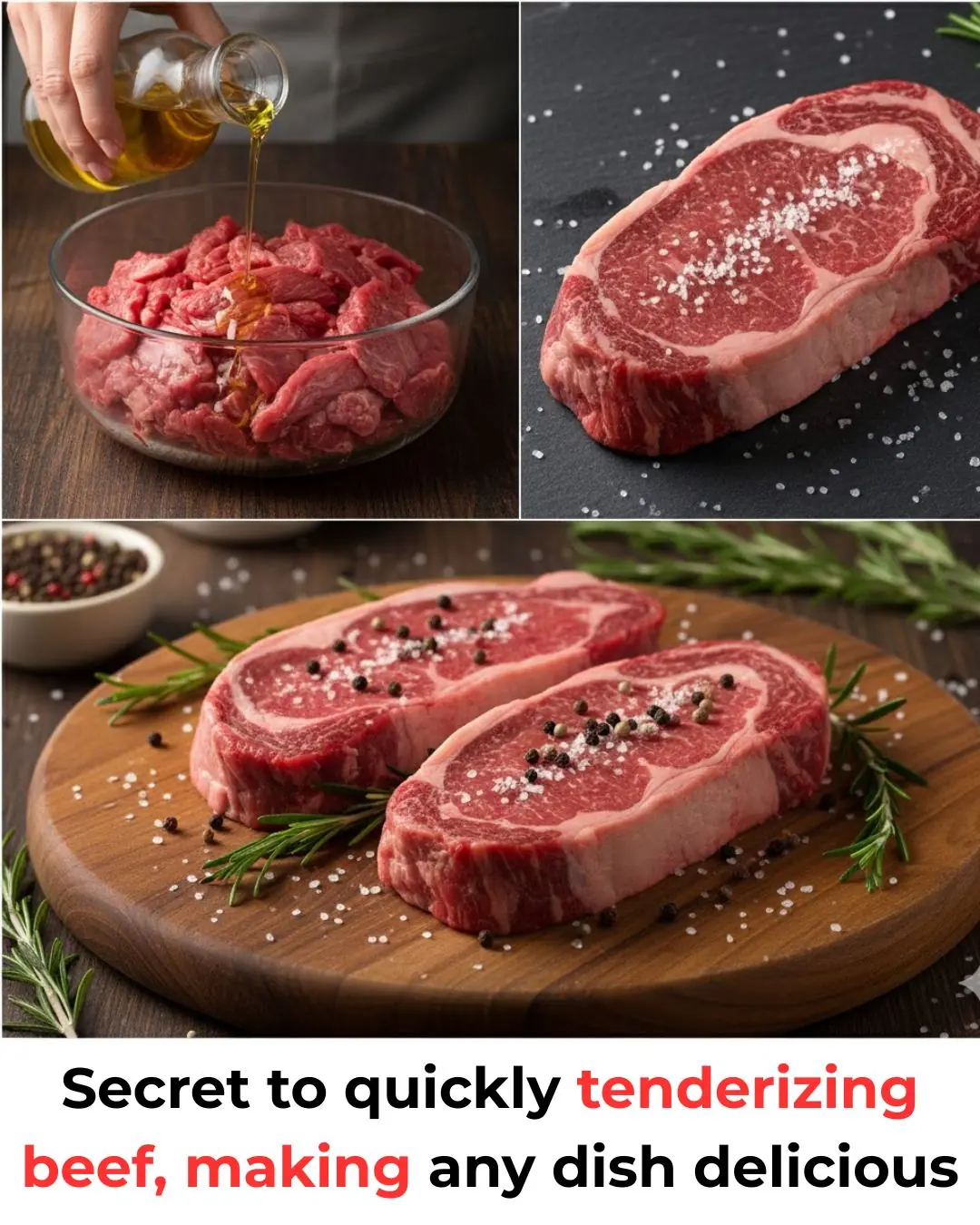
Secret to quickly tenderizing beef, making any dish delicious
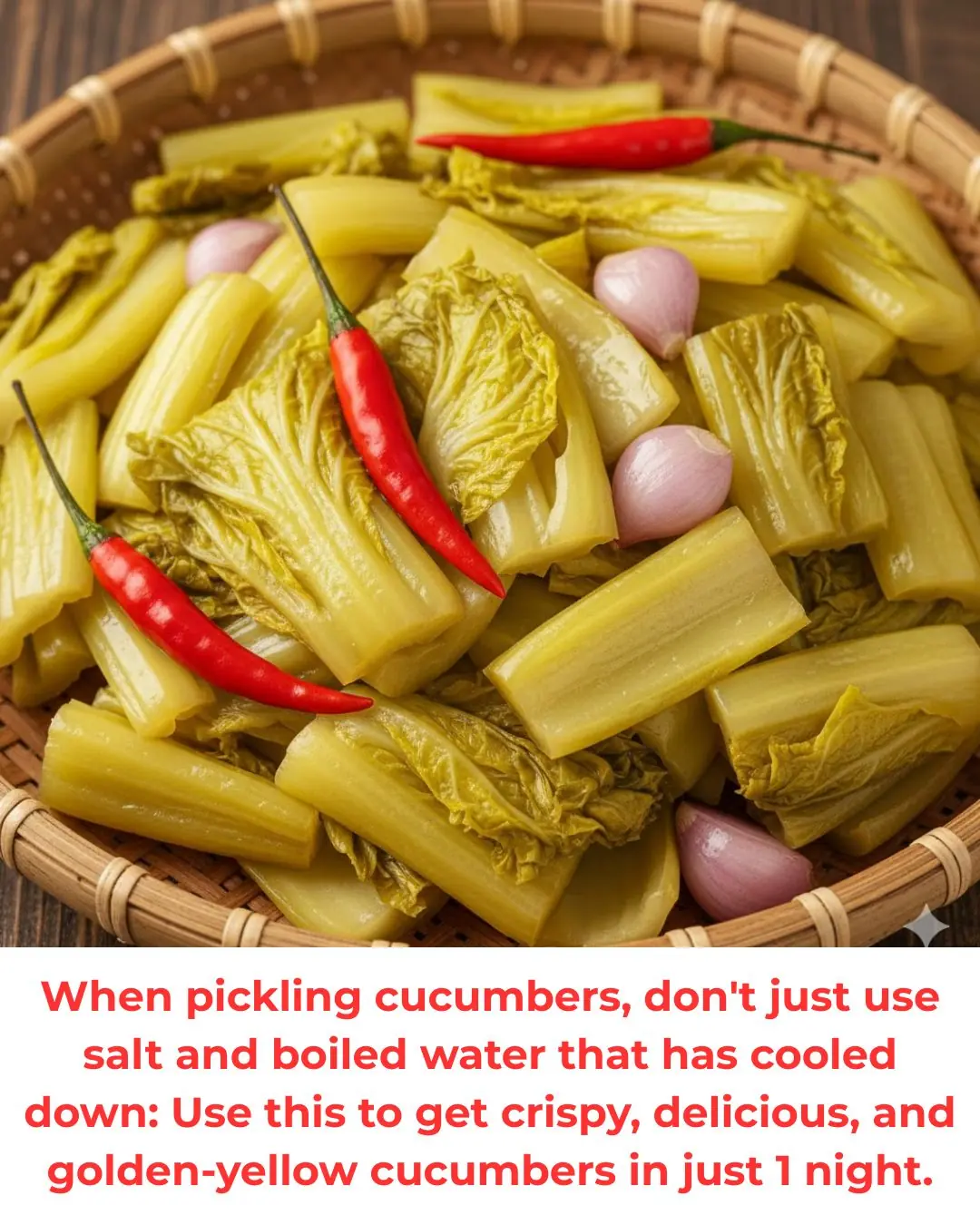
When pickling cucumbers, don't just use salt and boiled water that has cooled down: Use this to get crispy, delicious, and golden-yellow cucumbers in just 1 night.
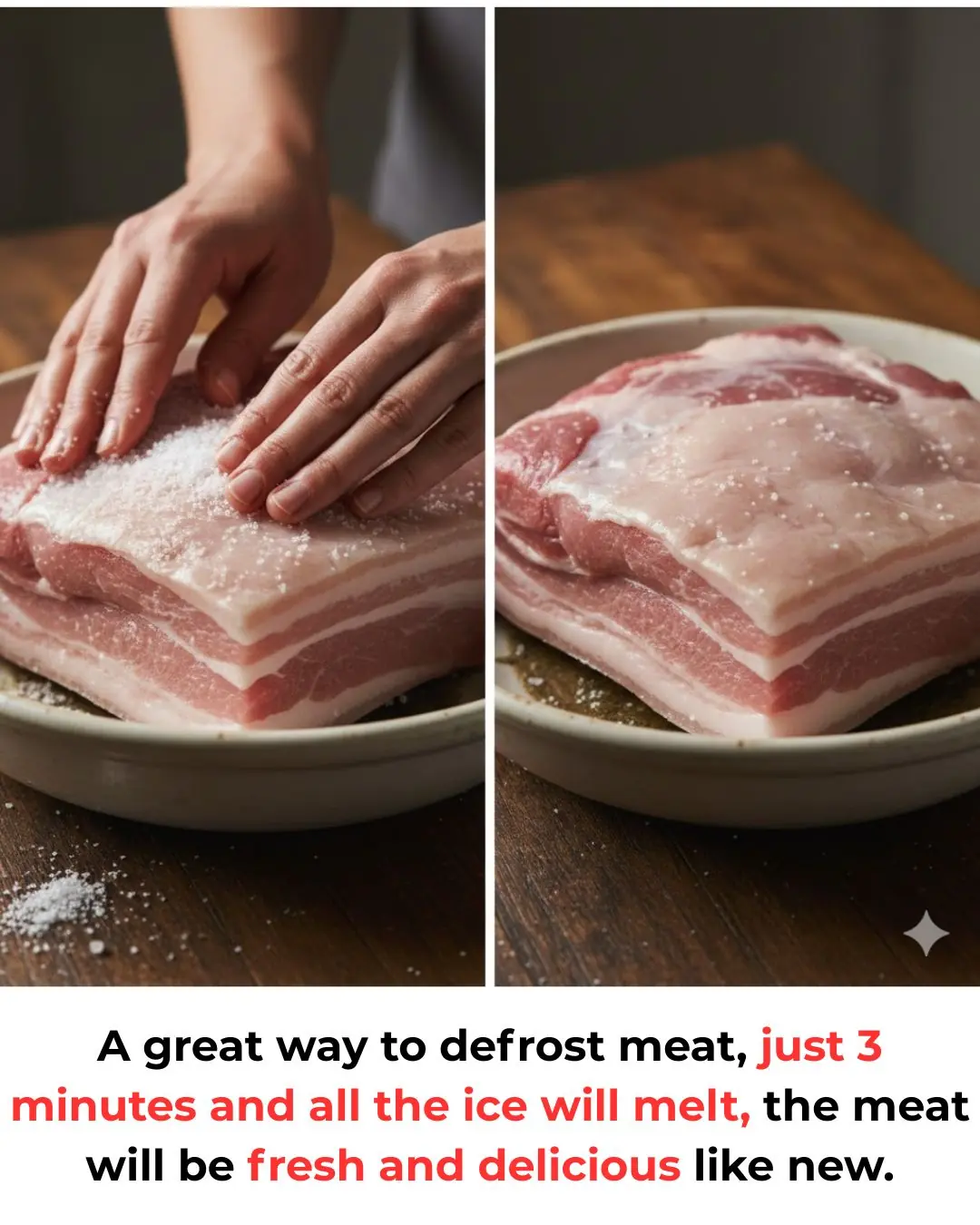
A great way to defrost meat, just 3 minutes and all the ice will melt, the meat will be fresh and delicious like new.
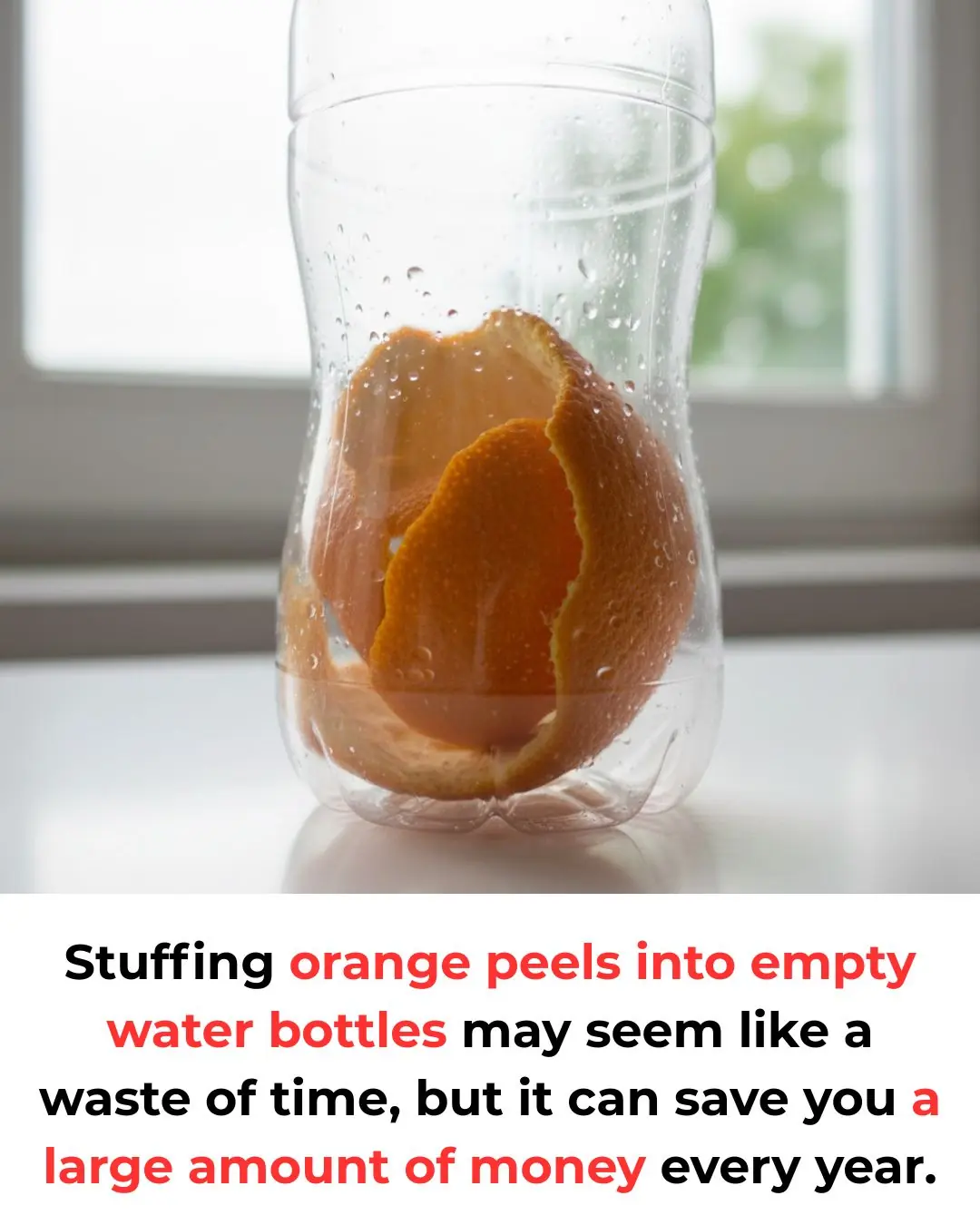
Stuffing orange peels into empty water bottles may seem like a waste of time, but it can save you a large amount of money every year.
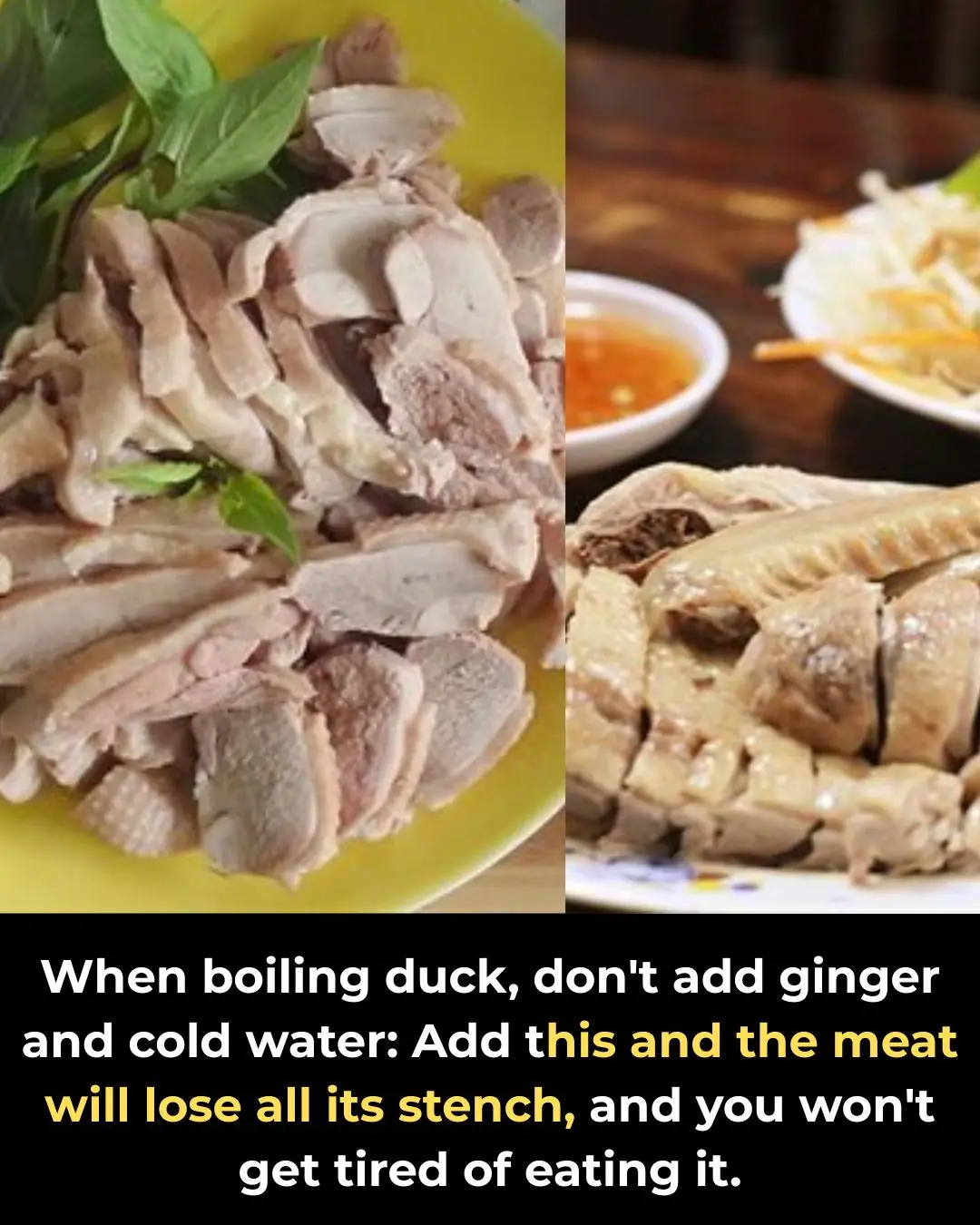
When boiling duck, don't add ginger and cold water: Add this and the meat will lose all its stench, and you won't get tired of eating it.
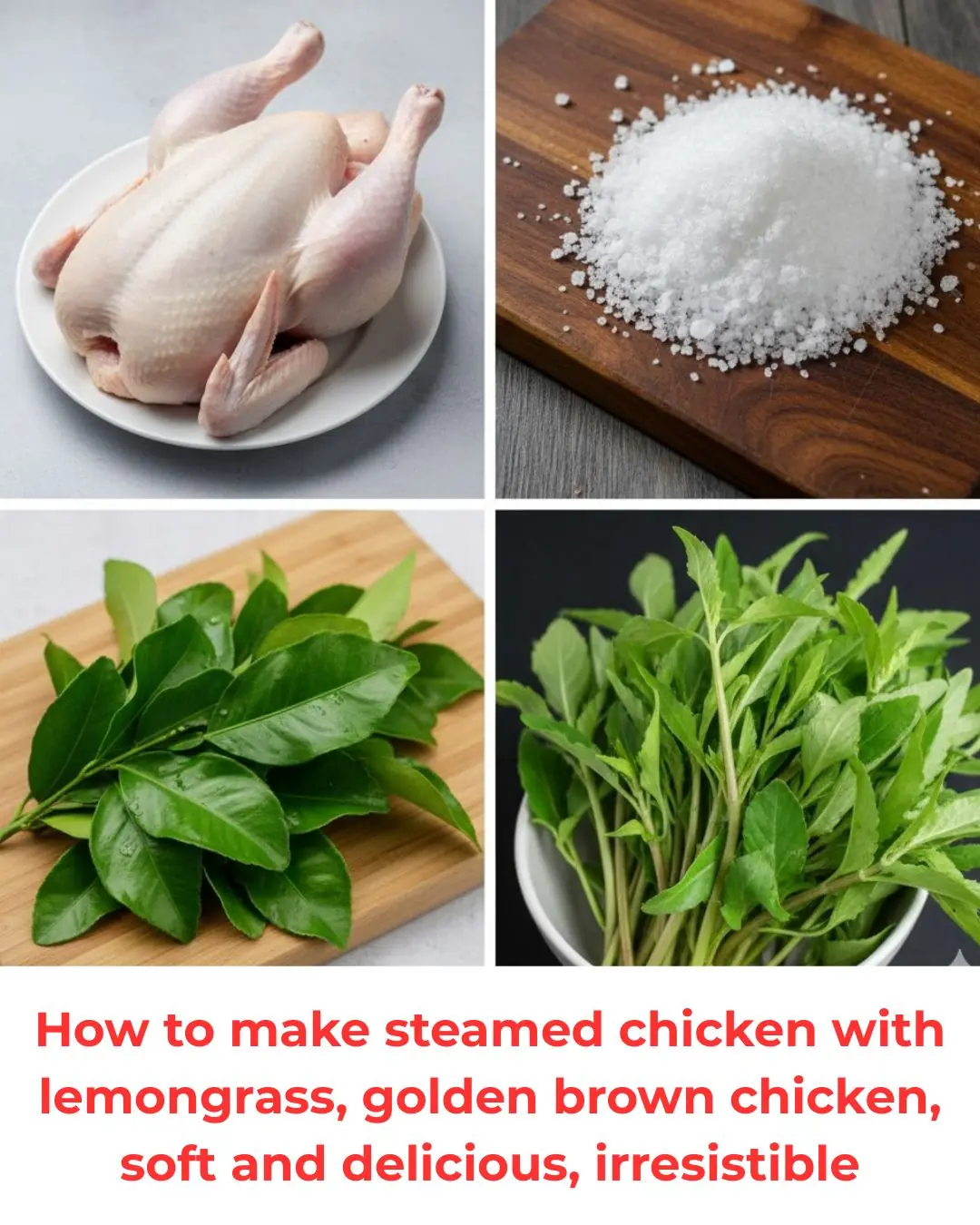
How to make steamed chicken with lemongrass, golden brown chicken, soft and delicious, irresistible

Simple tips to help reduce itching extremely quickly when bitten by mosquitoes and insects
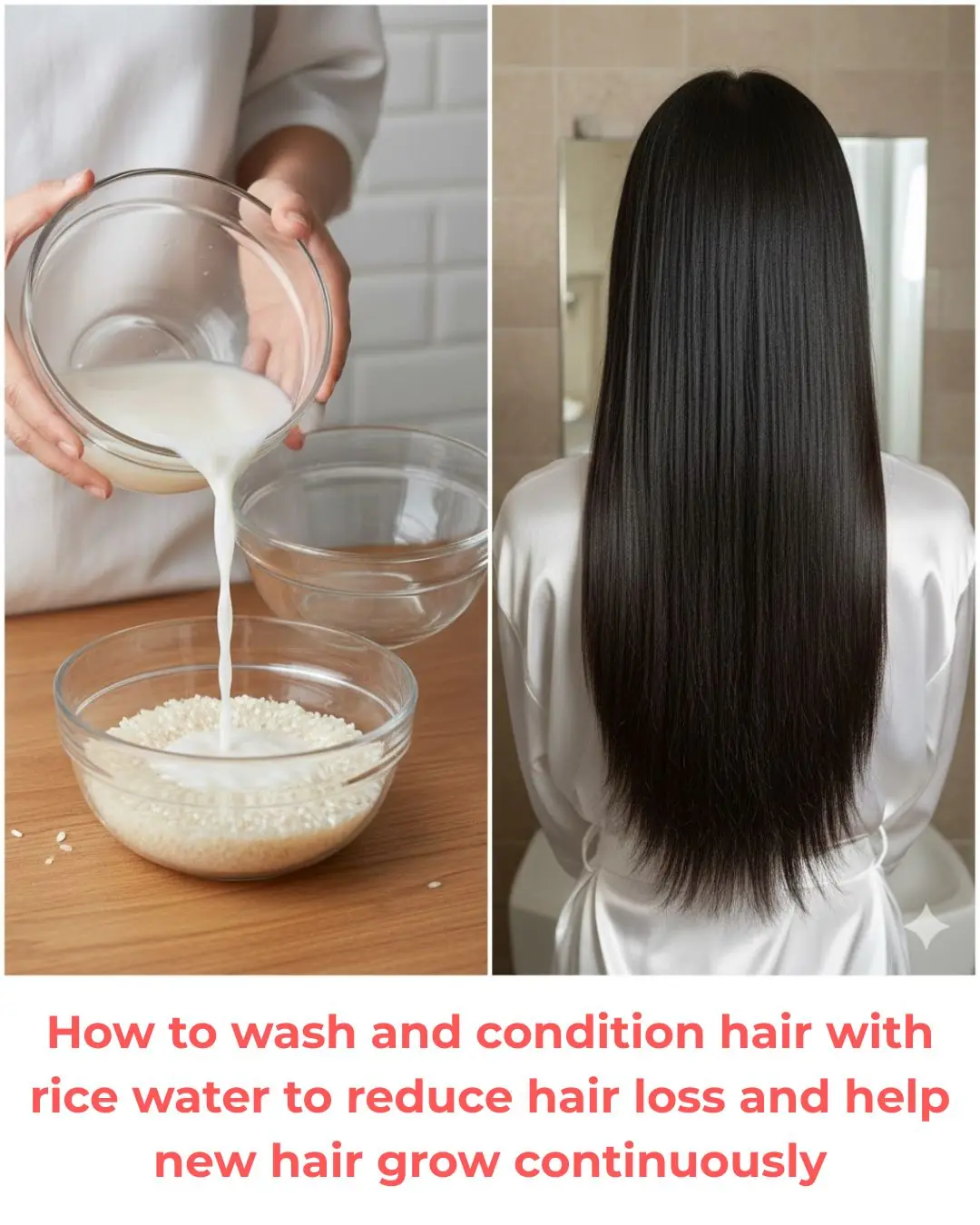
How to wash and condition hair with rice water to reduce hair loss and help new hair grow continuously

How Microscopic Glass Flaws Can Lead to Oven Door Breakage—and How to Prevent It
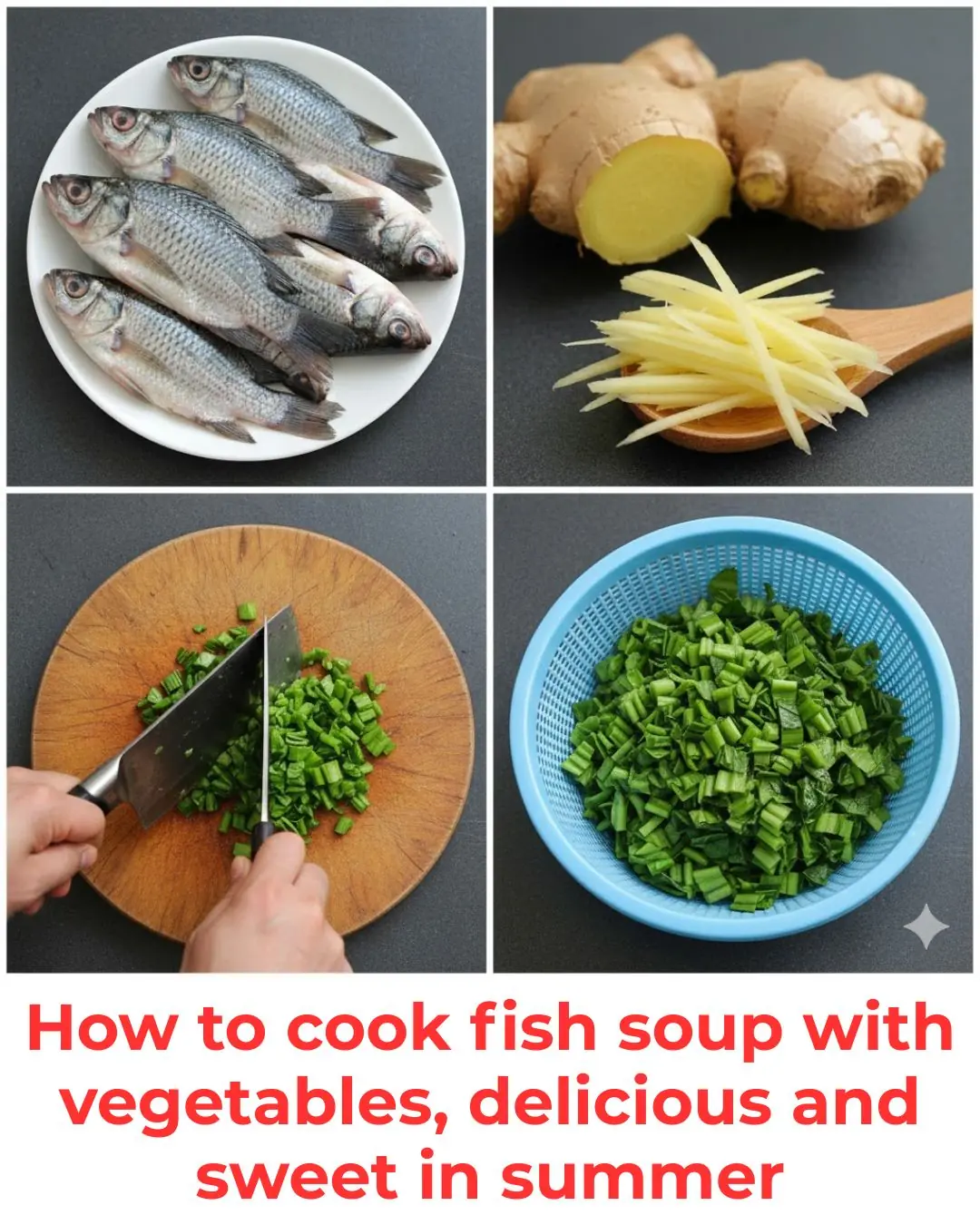
How to cook fish soup with vegetables, delicious and sweet in summer

Turn on the electric fan on a hot summer day: Spray this and the room will be as cool as air conditioning.

How to boil eggs properly, no matter how big you want to eat them, it's easy to do
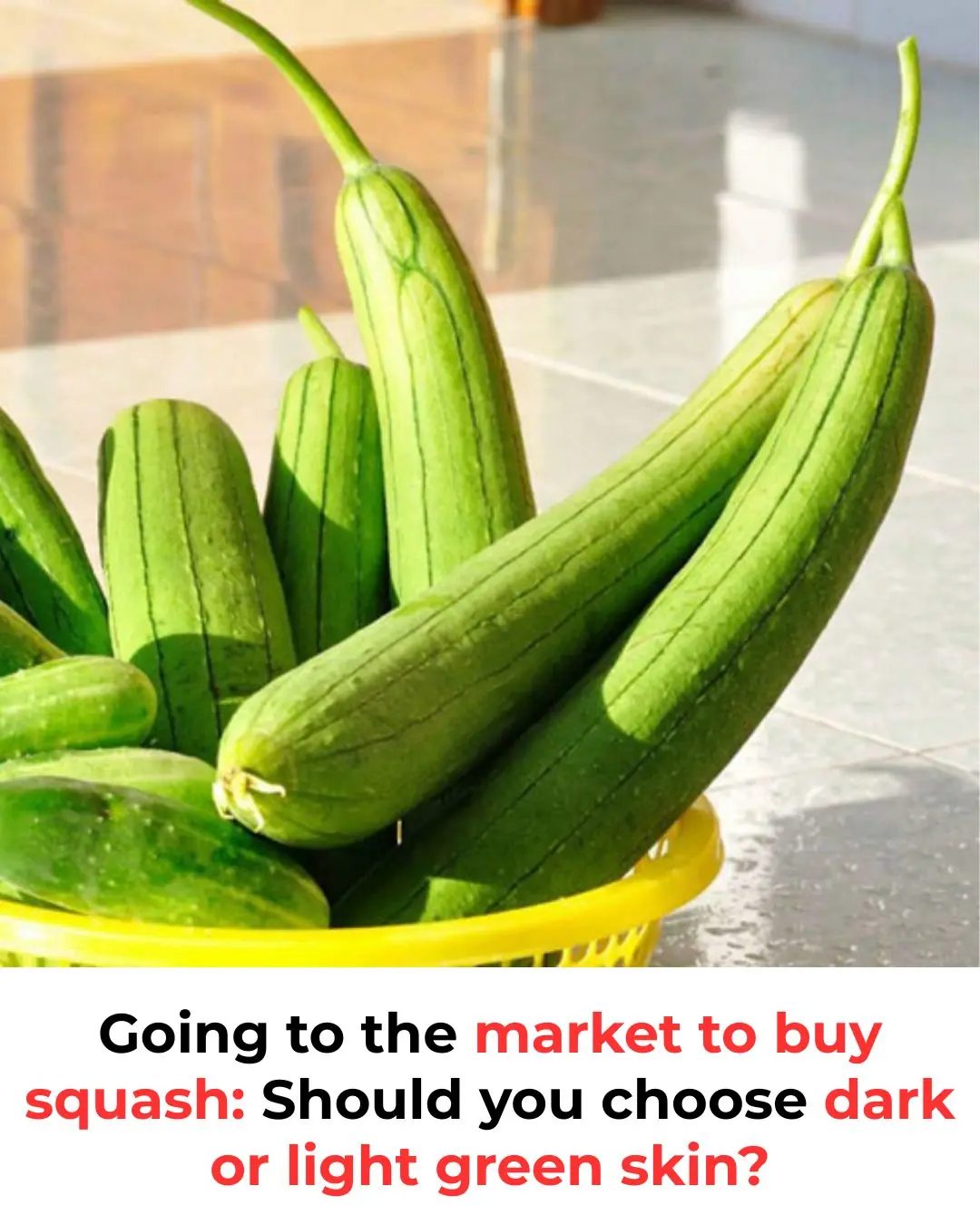
Going to the market to buy squash: Should you choose dark or light green skin?

What Happens When You Eat Chili Peppers Regularly
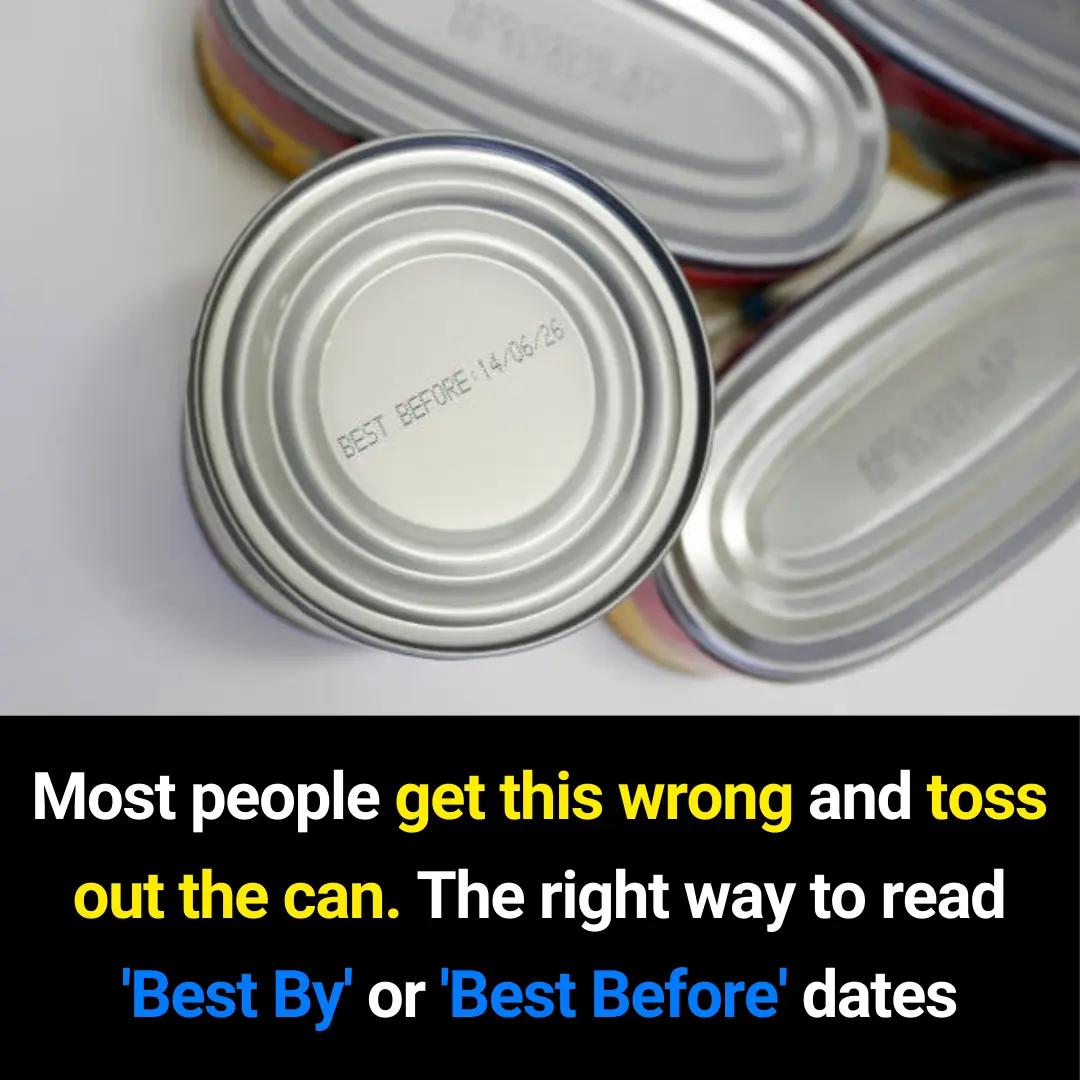
The Right Way to Read ‘Best By’ or ‘Best Before’ Dates — Most People Get This Wrong
News Post

High-Dose Nifedipine Linked to Increased Risk of Sudden Cardiac Arrest, New Study Suggests

How the U.S. Escaped Hurricane Landfalls in 2025

Ancient Shark Fossils Unearthed in Mammoth Cave Rewrite 325 Million Years of Evolutionary History

Powerful Health Benefits of Pineapple You Should Know

How an Italian Police Lamborghini Huracán Helped Save Lives by Delivering Kidneys Across Italy

Can Spinal Screws Push Through the Skin? Understanding a Rare but Serious Post-Surgery Complication

Why the Tongue Is One of the Most Important Organs in the Human Body

What You Do First in This Scenario

The Surprising Health Benefits of Sleeping in a Cold Room

A 4-Minute, Zero-Effort Hack to Clean Grill Gunk – The Simple Trick My Nana Taught Me

High Blood Sugar Warning Signs

🥚 A Look at How Certain Boiled Egg Habits May Affect Your Heart Health

Small Steps, Big Impact: How 4,000 Steps a Day Can Transform Your Health

🌿 Clove Water Sitz Baths for Women: A Gentle Guide to Hygiene and Comfort

What Happens to Your Body When You Eat Canned Tuna Every Day

17 Warning Signs Your Liver Is Crying for Help

How to Support Your Kidneys Naturally Using 1 Teaspoon of Baking Soda

Fish oil cuts CV risk nearly in half for dialysis patients

The hidden heart danger doctors say is more common in people with diabetes
